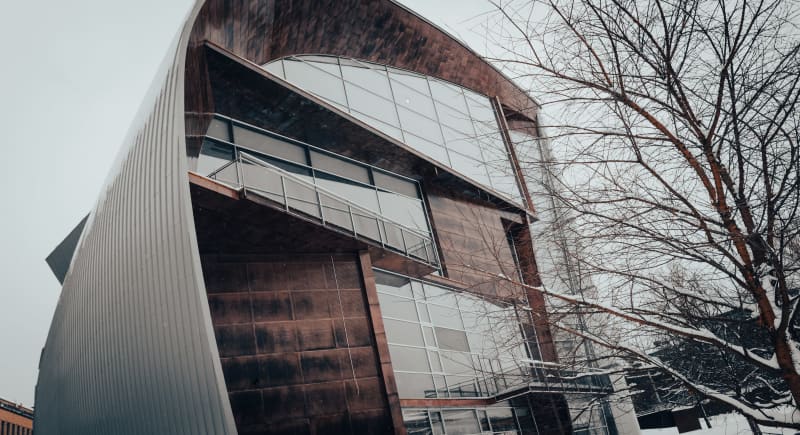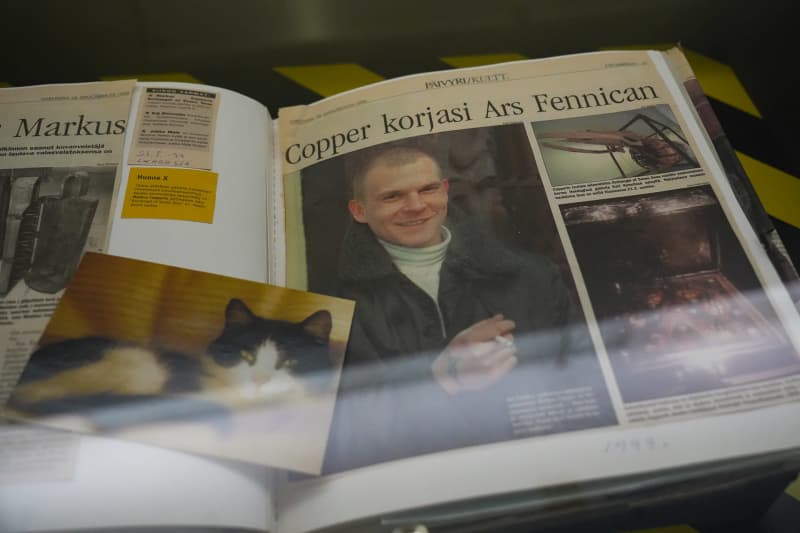
According to CEO Kimmo Levä, the National Gallery assumed that the ownership of Copper’s works was with the people who offered the works.
According to the National Gallery’s estimate, the value of the whole is 255,000 euros. It includes three works and a collection of drawings.
Now the ownership of the donation received by Kiasma has been questioned. The mother of Copper’s underage son and the boy’s guardian handed over three works to the National Gallery. In addition, Copper’s parents donated the drawings to the National Gallery.
– In this case of Copper, the National Gallery had not determined whether these representatives of the estate have the right to make a donation. My understanding is that this is usually done, but it doesn’t seem to be in accordance with the rules, says Kimmo Levä, CEO of the National Gallery, to Yle.
He was surprised by the point brought up by IS that the Swedish law forbids a trustee or guardian from donating the property of a minor child.
– This entire donation came from the boy’s family and the trustee, but based on the Ilta-Sanomi story, it emerged that it would not be possible for the trustee to conduct such negotiations, i.e. donate these works.

How did the National Gallery find out the ownership of the works in question?
– In this case, it has been assumed that the people who contacted us are the owners of these works, and they also have the right to enter into contracts related to the works.
In the same way, the National Gallery has worked with other donors so far. According to Levä, that will change.
– From now on, we will fix the donation processes and refine the practices.
According to Levä, the National Gallery is ready to reevaluate the ownership of Copper’s works if it is determined that, for example, there are illegalities on behalf of the donor.
– We ourselves have acted in good faith. We have to think about whether this particular contract will be dissolved, or whether the contract is void, in which case the property rights will of course return to the original situation.
So far, no one has joined Leva in taking the matter to court. The donated works are owned by the Finnish state, whose collection is managed by the National Gallery.
– There are currently no such discussions going on.
Copper had left large works in his studio that had suffered smoke damage. Stake tried to offer them to a gallery he knew, which refused to buy the works. Stake decided to contact Kiasma after that, IS says.
According to IS, Stake, Haapala and Signäs agreed that Copper’s son will donate three works to Kiasma.
According to the director general of the National Gallery, there is no fault in Haapala’s operations.
– He has acted to the best of his ability under the schedule pressure in which these works were offered to us.
What makes it special is that Swedish law forbids a trustee or guardian from donating property of a minor child.
In the same context, it was agreed that Kiasma would buy one work for 15,000 euros. Stake told Ilta-Sanom that Copper had once given the work as rent to the studio owner, who in turn had donated it to Stake.
According to Stake, the money was used to pay rent arrears and a trustee’s fee, and the rest was deposited into the son’s account.
According to IS, Stake says he is grateful to Kiasma that the museum restored the works and thereby safeguarded Copper’s artistic legacy.
However, he is disappointed with what happened to the rest of Copper’s legacy.
Dissatisfaction is especially related to 21 drawings, 18 of which are currently in the Copper collection of the National Gallery.
Stake told IS that he did not know where the drawings were until after Copper’s death.
He filed a criminal complaint with the Danish police about the disappearance of the drawings. The criminal report also included a work called *Scania Clockwork*, which ended up in a landfill according to IS information.

After some months, the Danish police called Stake. The drawings had been found by Copper’s parents in Finland. According to IS, Copper’s parents visited museum director Haapala in Kiasma in September 2020 and donated the drawings to the National Gallery.
Haapala called Stake and told him that Kiasma had taken control of the drawings. Stake says he is disappointed in Haapala. In his opinion, the drawings are undeniably the legacy of Copper’s child. According to IS, Stake demanded at least part of the drawings for his son.
When Stake and his son arrived at the opening of Copper’s exhibition in November 2022, Haapala gave them a photocopy of the three drawings and promised that the boy would get the original drawings in question for himself after the exhibition.
Kiasma has recently been raised again and again.
